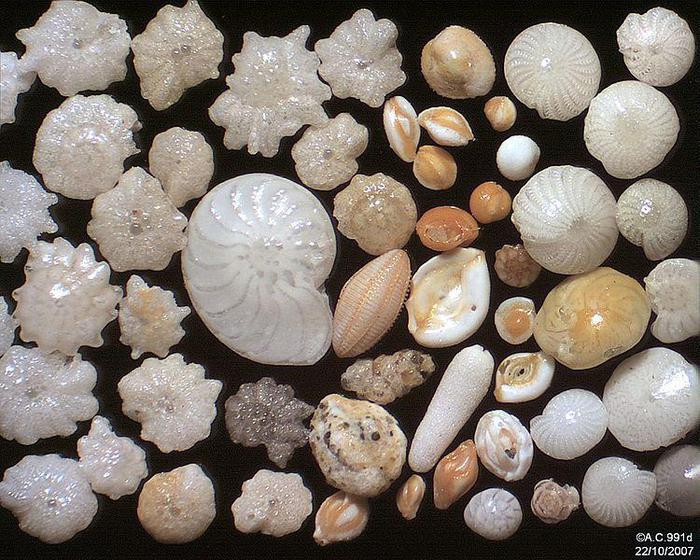A simulation made it possible to reconstruct the relationship between the carbon cycle and the climate over the last 50 million years, reviewing in particular the link between the concentration of atmospheric carbon dioxide and the chemistry of the limestone deposits of oceanic sediments.
This is what emerges from the study published in the journal Science Advances by oceanographers of the American University of Hawaii, in Mānoa, coordinated by Richard Zeebe and Nemanja Komar.
The authors of the study, in particular, analyzed, through computer models, the fossil skeletons of marine organisms 50 million years old, whose shells have deposited over time in the sediments of the ocean floor.
Thanks to the analysis of these sediments, it was possible to reconstruct some past characteristics of the oceans, from their chemistry to temperature.
However, the data showed some surprises.
Current models indicate that much of the carbon that makes up the shells of fossils in the ocean floor comes from carbon dioxide in the atmosphere, linked for example to volcanic activity.
But, contrary to expectations, the study authors observed in their models that "during the Cenozoic (from about 66 million years ago to the present day) a decrease in atmospheric carbon dioxide was often not followed by a the concentration of carbonate in the sediments, which instead has strengthened ".
The most probable explanation, the authors point out, is that "this disconnection developed due to the increasing disproportion of carbonate buried in the ocean floor compared to the continental shelf, due to the drop in sea level as the Earth cooled and formed the continents.
Our study - they conclude - provides new information on the fundamental processes of the Earth system, important for making predictions on changes in the climate and in the carbon cycle ”.

